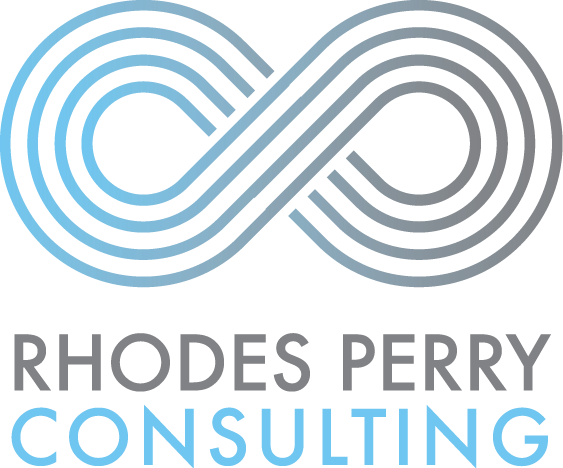Embrace the Platinum Rule
What's the difference between the golden rule and the platinum rule?
Decentering yourself.
The golden rule asks you to treat others in a way in which you want to be treated, while the platinum rule asks you to treat others in a way in which they want to be treated.
The platinum rule reminds you that the pathway to building more safety, trust, and belonging at work begins by becoming curious about others.
In this spirit, ask yourself: who am I intentionally including in this work, and who am I unintentionally excluding?
What's the cost of failing to answer this question?
If you are going to be successful at building belonging at work, then we must center our efforts around those who are least likely to feel safe on the job.
And the first action you can take to build this kind of belonging at work truly begins with being specific about the targeted interventions you can take.
We must first demonstrate that we care enough about others to learn what they need while identifying the barriers that get in the way of their success.
And that means asking yourself some critical questions:
When you think about the people you are intentionally including, what do they really want and need to be successful at work?
What do they desire most? What do they need most? What do they fear most?
Given your relative power/privilege, how can you give them what they want, while simultaneously ensuring they get what they need?
Think of your personal commitment to building belonging at work. How do your efforts empower these folks to do their best at work?What are the known barriers preventing you (or your organization) from delivering what's needed and wanted?
Is it a system, process, practice, or policy?
A toxic work culture?
A recalcitrant leadership team reluctant to address this culture? What are their beliefs? What is sacred to them? What moves them?How can you raise your awareness about the people you might be unintentionally excluding?
Has your organization conducted a culture audit assessing safety, trust, belonging, exclusion, microaggressions & discrimination?
Have past employee engagement surveys included optional and inclusive demographic questions?
Given your relative power/privilege, how can you begin to consider the people that may not currently be included in your DEI goals?
Practicing the platinum rule decenters yourself, leading to better, more genuine communication.
Interested in learning the additional questions I encourage inclusive leaders to ask when it comes to building belonging at work?
Ready to sharpen your inclusive leadership skills?
Then check out my newest bestselling book, Imagine Belonging. You can purchase it on Amazon, or on my website, in a variety of formats.
The world needs more inclusive leaders like you, which is why I challenge you to use this book to clarify your vision of why you are building a healthier workplace.
It will help you clarify how your vision can benefit those that still find the idea of belonging out of reach, out of sight, and out of mind.
Thank you for growing the #BelongingMovement!


